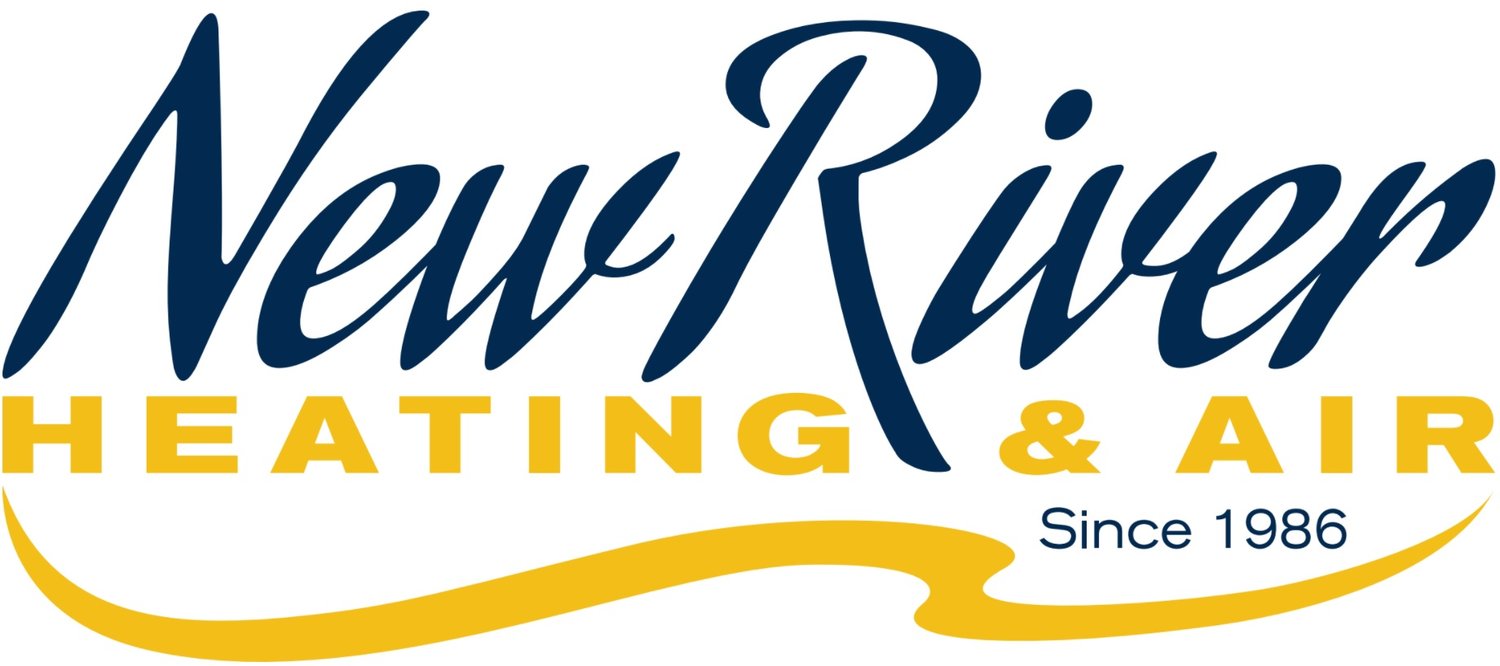The Ultimate Guide to SEER Ratings For Residential Cooling Systems
If you're in the market for a new home cooling system, it won't take long until you discover the plethora of options available to you. One of the most important factors you'll want to consider with any system is its overall efficiency. In the air conditioning world, this is indicated by an air conditioning system's SEER rating.
What is SEER?
SEER stands for Seasonal Energy Efficiency Ratio. It measures the maximum efficiency at which an air conditioner can operate. The SEER rating is determined by two main factors: the cooling output of the air conditioning system over a typical cooling season and the amount of energy the system uses over that same period.
Air conditioner manufacturers test their units under specific guidelines set by the Department of Energy (DOE). They measure the total cooling output over the cooling season and divide it by the total energy consumption during that time. This calculation produces the SEER rating, which for modern-day air conditioning systems typically ranges between 14 and 20.
A higher SEER rating indicates a more efficient air conditioning system. For homeowners, this means that units with higher SEER ratings can provide the same level of cooling while using less energy, resulting in lower electricity bills and reduced environmental impact. Additionally, higher efficiency can translate to better overall performance and longer system lifespan.
You should be aware that while a higher SEER rating is beneficial, the unit's initial cost may be higher. However, the long-term energy savings and potential rebates or incentives for high-efficiency units can offset the initial investment. When installing a central air conditioning system, an HVAC professional can help you determine if purchasing a high-efficiency air conditioner is worth the cost.
Government SEER Requirements
As the federal government works to push the nation towards more energy-efficient options, it's passed various laws regarding the minimum SEER ratings that any residential cooling system must have. In 2023, a new law was passed that raised the minimum SEER standards in both the northern and southern regions of the country.
In the northern areas, all newly manufactured cooling systems must have a minimum SEER rating of 14. In the southern regions where homeowners rely more heavily on their cooling systems, the government has mandated a new minimum SEER rating of 15. It's important to note that these SEER requirements are only established for newly manufactured units. Homeowners with air conditioning units that don't meet these standards can still use their units and have them repaired when necessary.
Expected Reduction in Energy Costs
Purchasing a cooling system with a higher SEER rating is a great way to achieve energy savings, but it's essential to understand that everyone's savings will vary. Several factors influence your system's overall operating efficiency, including the quality of your ductwork, the installation process, the overall efficiency of your home, and regular maintenance.
However, consider these estimates to give you a general idea of potential energy savings when choosing a more efficient cooling system. An air conditioner with a 14 SEER rating is between 7% and 12% more efficient than one with a 12 SEER rating. Upgrading from a 14 SEER to a 16 SEER unit can increase efficiency from 5% to 11%.
It's important to note that as SEER ratings increase, the incremental energy savings tend to diminish. This means that while higher SEER ratings offer better efficiency, the percentage savings on your energy bills may decrease slightly with each higher tier.
A Note on SEER2 Ratings
As the new government SEER requirements went into effect in January 2023, a second rating system, SEER2, also went into effect. This rating system is designed to better mimic real-world conditions.
Traditional SEER ratings measure the efficiency of air conditioning systems under standardized conditions. However, these conditions often do not reflect the actual performance in a typical home. SEER2 addresses this gap by using a more rigorous testing protocol that considers variations in temperature, humidity, and other parts of a homeowner's HVAC system. For instance, SEER2 ratings take into account inefficiencies related to ductwork. New air conditioners typically have both a SEER and SEER2 rating. The SEER2 rating may give you a more realistic idea of how a cooling system will perform in your home.
Expert AC Service
At New River Heating & Air, we have been serving the residents of Radford, VA for over 30 years. We install, maintain, and repair heating and cooling systems. Additionally, we provide indoor air quality, duct cleaning, and generator services. Contact us today to schedule an appointment with one of our experienced team members.
